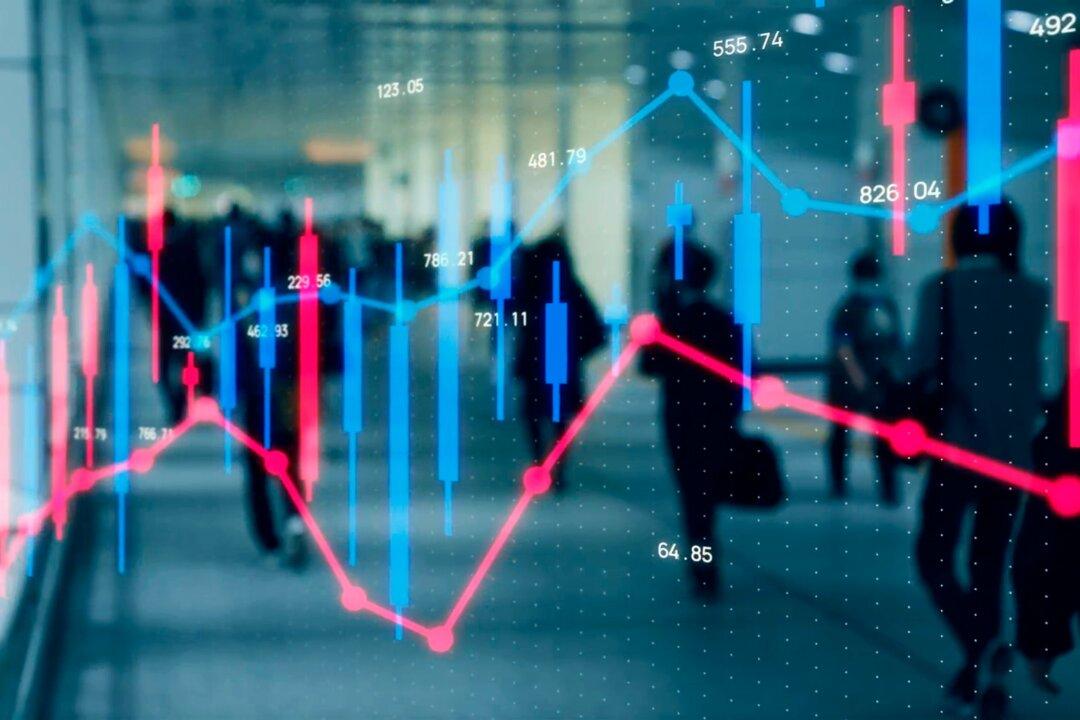Commentary
When signs of an economic weakness emerge, most “experts” are quick to recommend fiscal and monetary stimulus. Economic activity is presented in terms of the circular flow of money—spending by one individual becomes part of the earnings of another individual, and spending by another individual becomes part of the first individual’s earnings.





